9 Minutes
Introduction: Redefining the Star Wars Television Experience
When Disney first unveiled Andor, few could have predicted that it would become one of the most celebrated series in not only the Star Wars universe but also in the wider world of modern prestige television. As audiences and critics tuned in for the second season, it quickly became clear: Andor's nuanced storytelling, bold political undertones, and complex characters have raised the bar for what a sci-fi series can be. In this review, we explore how Andor Season 2 reflects the best of the industry—from its remarkable narrative depth to the artistry of its production design—and why it stands tall as both essential Star Wars viewing and an independent dramatic achievement.
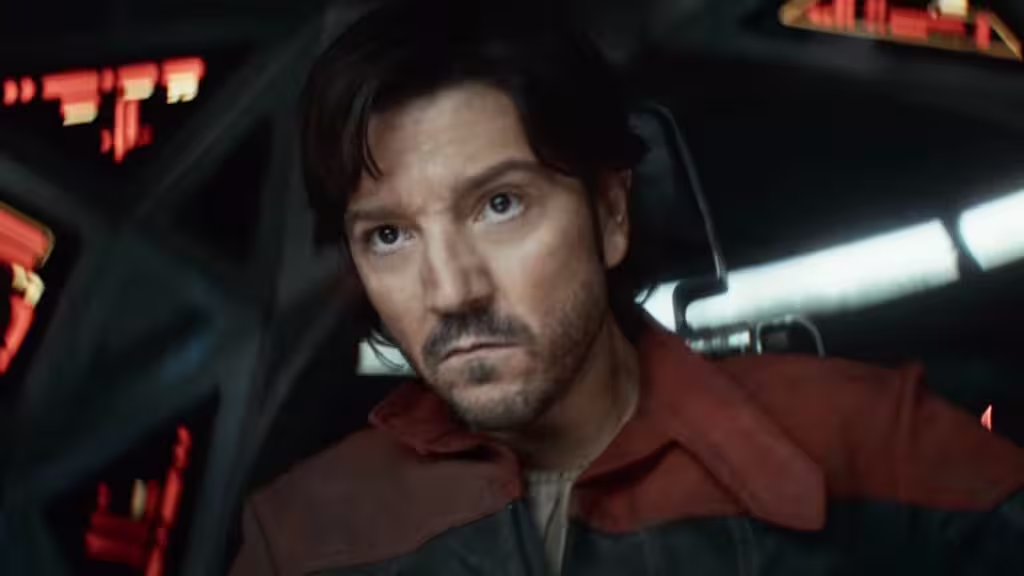
Plot Overview: Grit, Rebellion, and Real-World Resonance
Andor Season 2 continues the gripping journey of Cassian Andor, an unassuming yet vital figure in the burgeoning Rebel Alliance. Unlike many Star Wars stories focused on mythic heroes and grand destinies, Andor grounds its narrative in the everyday realities of oppression, resistance, and moral ambiguity. The season follows Cassian and a dynamic ensemble as they face the tightening grip of the Empire, with each choice—no matter how small—carrying immense personal and political weight.
Throughout its twelve episodes, Season 2 weaves interconnected stories of rebellion from war-torn factories to secret planning rooms, painting a vivid picture of what it costs to resist tyranny. Unlike the archetypal struggles of good versus evil seen in the original films, Andor pays painstaking attention to detail, paralleling events and psychological journeys with those found throughout 20th and 21st-century human history—whether it is through brutal showdowns or nuanced character dilemmas.

Cassian Andor: The Anti-Mythic Hero
Subtle Complexity in Storytelling
At the heart of the series is Diego Luna’s portrayal of Cassian Andor, whose journey epitomizes the ordinary person’s capacity for extraordinary courage. Andor is no archetypal legend; he does not carry a lightsaber or fit into the mold of classic Star Wars heroes like Luke Skywalker. Instead, creator Tony Gilroy, renowned for his gritty scriptwriting on the Bourne franchise, invests in building a hero rooted in realism—one shaped by circumstance, doubt, and reluctant leadership.
The show avoids grand heroics, instead focusing on Cassian’s transformation as the result of countless small, sometimes invisible, acts of rebellion and sacrifice. Even scenes in which he is absent are cleverly structured to show the lasting influence of his actions and choices, both on individuals and the greater rebellion. Cassian is slowly, almost naturally, molded into a leader—not by destiny but by necessity, resilience, and painful self-discovery.
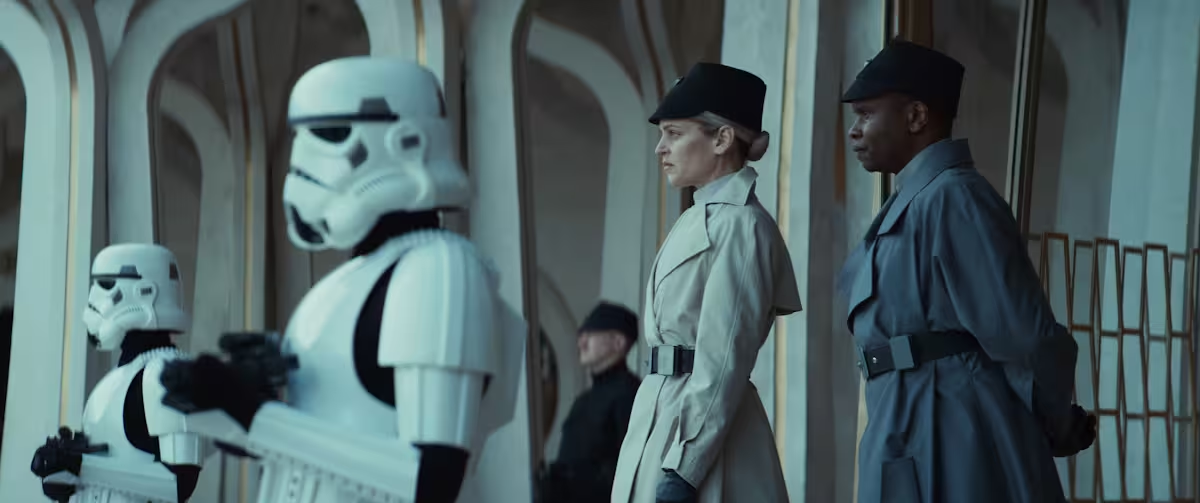
Production Quality: Cinematic Excellence in Every Frame
Design, Architecture, and the Use of Space
One of Andor’s most striking innovations is its meticulously crafted visual storytelling. Camera work, set design, and color palettes serve not merely as background but as tools of narrative and metaphor. The industrial grays and icy whites of Imperial locales evoke the cold, suffocating order imposed by the Empire. In contrast, regions resisting Imperial control—like the newly introduced planet Gormán—are wrapped in earthy, warm, lived-in colors. Wood replaces cold metal, curved lines soften rigid architecture, and the visual world of the series mirrors the living pulse of a community refusing to be broken.
This visual dichotomy is further emphasized in the costuming: Imperial officers wear uniforms inspired by 1940s military fashion, intentionally erasing individuality in pursuit of a dehumanizing, uniform state. When emotions leak through these cold exteriors—most powerfully in the nuanced performances by Denise Gough as Dedra Meero—they have even greater impact, underscoring individual humanity amidst systematic oppression.
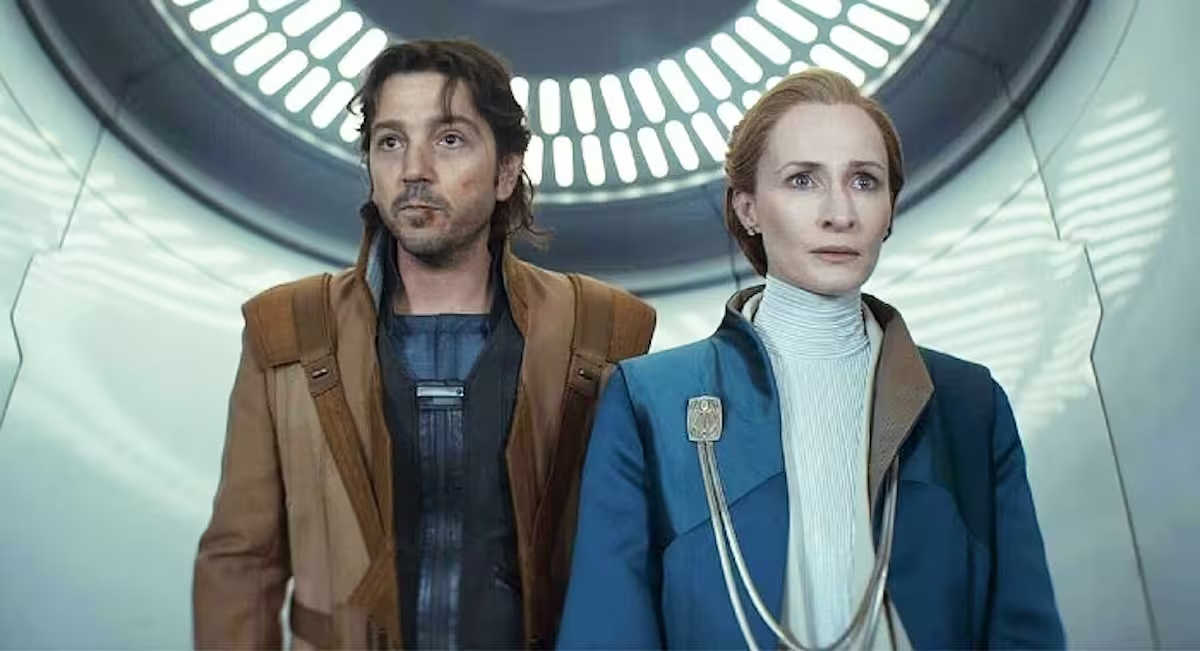
Screenwriting and Dialogue: Understatement and Subtext
The writing in Andor is among its greatest strengths. The dialogue rarely spells out character motivations or plot developments; instead, much is communicated through subtext, body language, and the chemistry between characters. As a result, every conversation crackles with double meanings and hidden agendas. The show treats its audience as intelligent and attentive, inviting them to infer meaning and emotional stakes from what is left unsaid as much as what is spoken.
This approach pays off in deeply affecting character interactions. Whether it’s Cassian debating the ethics of sacrifice with his fellow rebels, or spies navigating the treacherous waters of information and trust, every scene is charged with real-world resonance. Loyalty, betrayal, and the high price of secrecy are ever-present themes explored with an adult sensibility rare in franchise television.
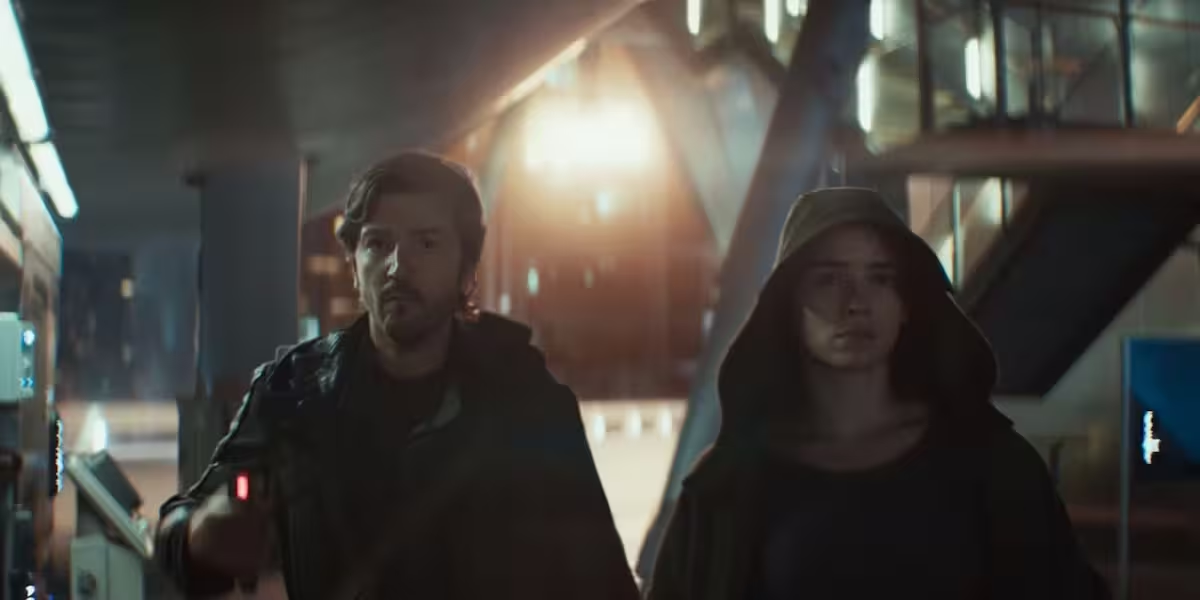
Morality, Resistance, and Human Agency
Beneath the Surface: Philosophy of Freedom and Sacrifice
Andor is fundamentally a story of collective resistance—one that resonates far beyond its galactic setting. The second season delves deeper than ever into the psychological and ethical toll of fighting for freedom. Characters are faced not with clear-cut battles but with agonizing decisions: who should be sacrificed for the greater good, when does compromise become complicity, and what does it truly mean to be free?
The series’ narrative structure never shies from depicting loss, grief, and the grinding uncertainty that comes with opposing a seemingly invincible regime. Yet, paradoxically, it also elevates the courage found in ordinary defiance. In small gestures, intimate scenes, or whispered words, Andor refuses to mythologize resistance—showing instead that liberty is a choice made again and again, often in the most constrained and hopeless circumstances.
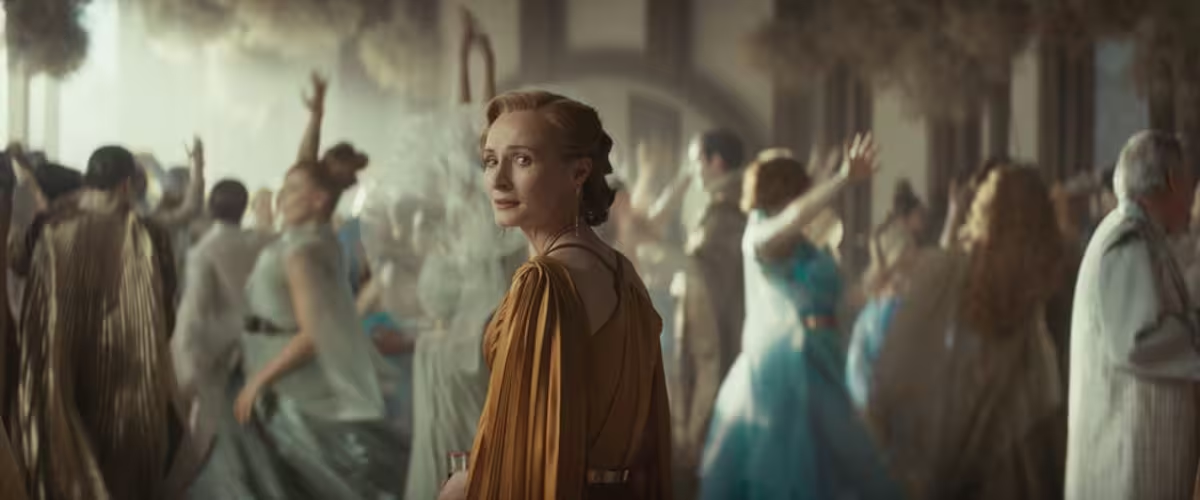
Comparing Season 2 to Season 1: Evolution and Challenges
While Andor Season 2 continues to impress with its storytelling and artistic ambitions, it faces certain challenges not present in its first season. The narrative must, by design, bridge the gap to Rogue One: A Star Wars Story, resulting in occasional pacing irregularities. Time jumps become a necessary device, sometimes condensing emotional developments or plot threads that in Season 1 would have received a more patient, detailed exploration.
Despite this, the series rarely loses its dramatic tension. The creators skillfully converge plotlines from disparate locations and characters, ultimately culminating in episodes packed with tension, action, political intrigue, and heartbreak. If any criticism is warranted, it is primarily with moments that feel rushed to align the story with its cinematic endpoint. Yet, even these rare lapses occur in the context of a show that otherwise delivers a level of depth and consistency rare in franchise television.
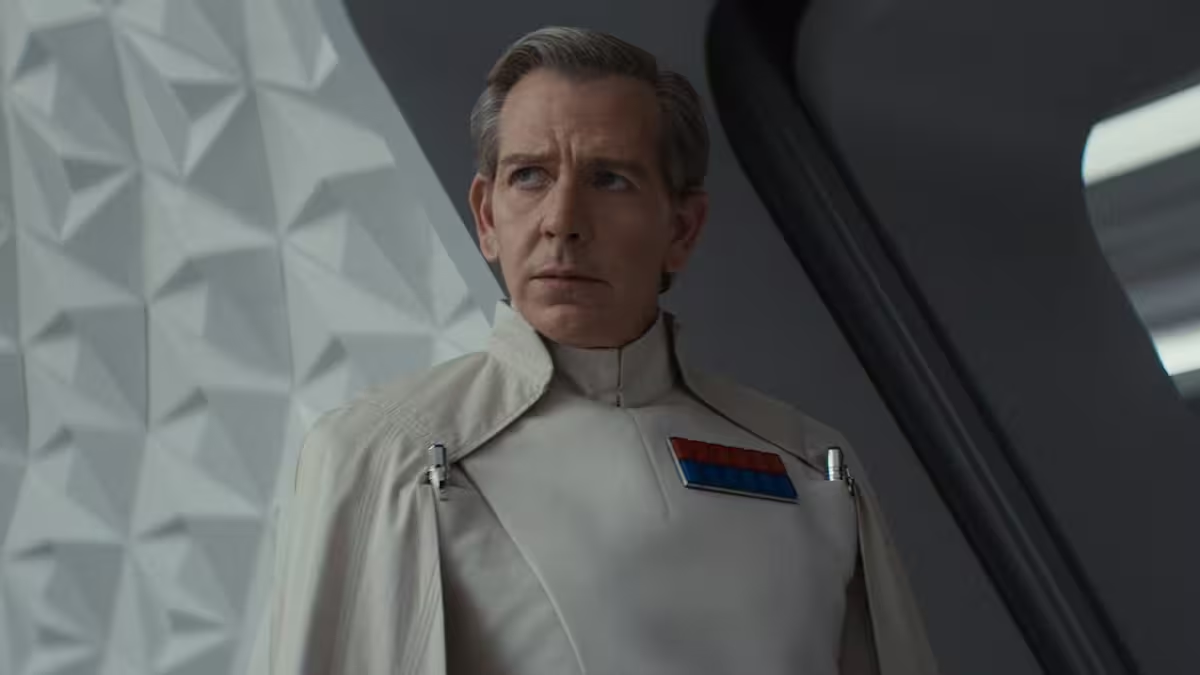
Cast and Crew: Elevated Performances and Visionary Direction
Key Players On and Off Screen
Andor gathers a remarkable ensemble, each lending authenticity and gravitas to their roles. Diego Luna brings quiet intensity and emotional accessibility to Cassian, grounding the rebellion in a face and a soul that feel lived-in and enduring. Stellan Skarsgård, Kyle Soller, Denise Gough, Elizabeth Dulau, and Forest Whitaker (as the radical Saw Gerrera) each contribute characters marked by internal conflict, external threat, and the tension between survival and idealism.
Behind the camera, Tony Gilroy’s sharp script and direction drive the show’s high standards. His refusal to indulge in nostalgia or easy sentimentality allows the series to stand both as an essential Star Wars installment and a standout in contemporary political drama.
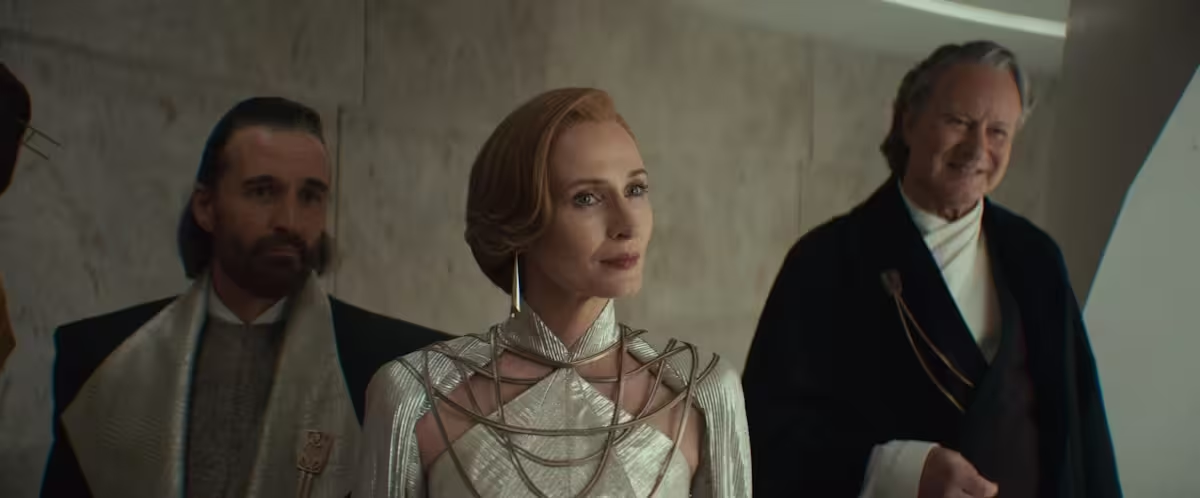
Production Details: World-Building Through Artistry
It’s impossible to discuss Andor without acknowledging the excellence in world-building on display. The craftsmanship in set construction, the subtlety in musical scoring, and the deliberate use of minimalist yet powerful visual effects underscore a sophisticated approach to storytelling. Every environment is thoughtfully designed for narrative effect, from the cold command centers of the Empire to the vibrant, rebellious communities at the edges of galactic power.
This commitment to immersive realism distinguishes Andor not only within Star Wars television but across the wider science fiction landscape.
Critical Reception: Universal Acclaim and Lasting Impact
Andor has garnered widespread critical praise for its ambitious storytelling and mature tone. Reviewers have lauded the show for breaking free of Star Wars stereotypes, favoring nuanced character arcs and societal allegory over spectacle. Fans and critics alike recognize Andor as a blueprint for what franchise television can achieve when it takes its audience’s intelligence and experience seriously.
From online forums to major review platforms, the series is celebrated for its attention to detail, philosophical richness, and emotional resonance. Several episodes, particularly towards the end of the second season, have been hailed as some of the finest in modern television—combining pulse-pounding action with deeply personal stakes.
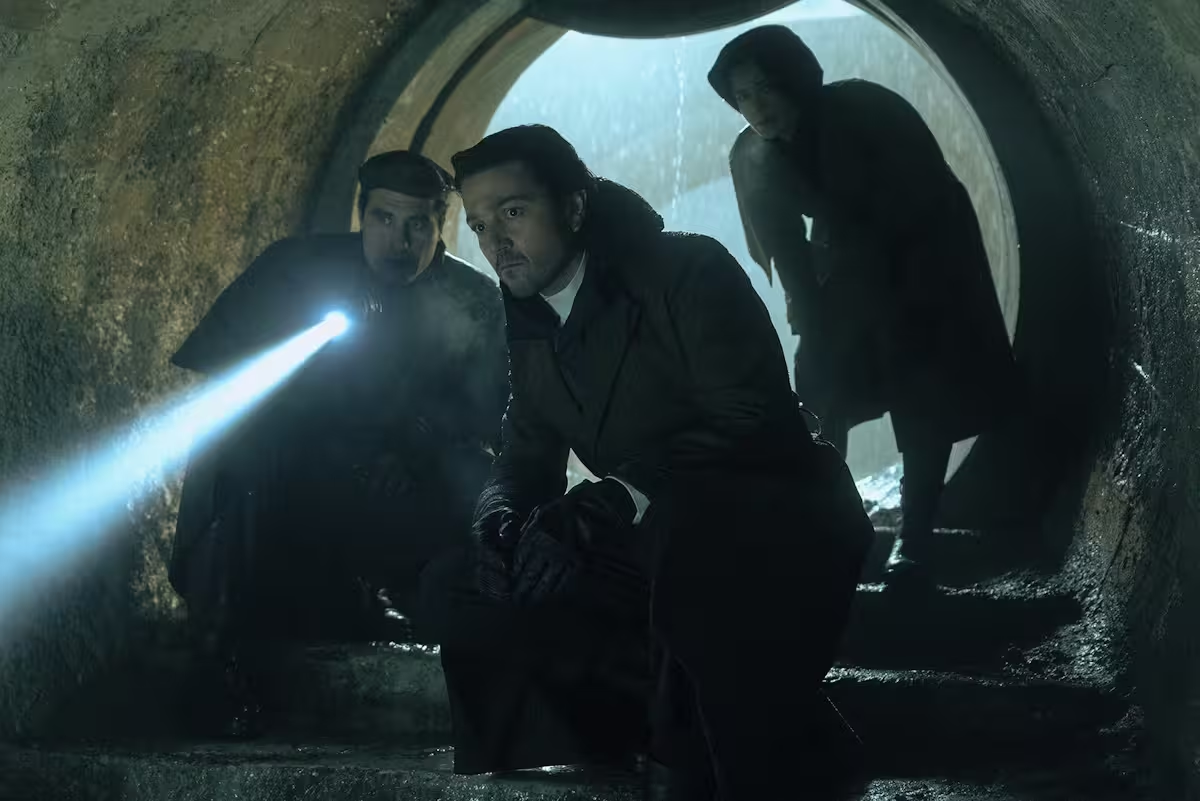
Personal Reflections: Why Andor Resonates With Viewers
What truly distinguishes Andor is the way it invites viewers not just to witness a story of rebellion, but to personally connect with the sacrifices, dilemmas, and hopes of its characters. In a media landscape often dominated by easy answers and binary conflicts, Andor dares to ask harder questions and offer no simple solutions. The themes of resistance, freedom, and human dignity are right at home for any Lithuanian or global viewer who appreciates nuanced, thoughtful storytelling that echoes real-world history.
Comparisons to Real-World History and the Power of Allegory
The allegorical layers of Andor are impossible to ignore. The series draws upon imagery, costuming, and design reminiscent of 20th-century totalitarian regimes—particularly the Soviet Bloc, Nazi Germany, and occupied France. These allusions infuse the series with a sobering reminder of real-world struggles for liberty, deliberately connecting the galaxy’s battles to the enduring human fight for justice and autonomy.
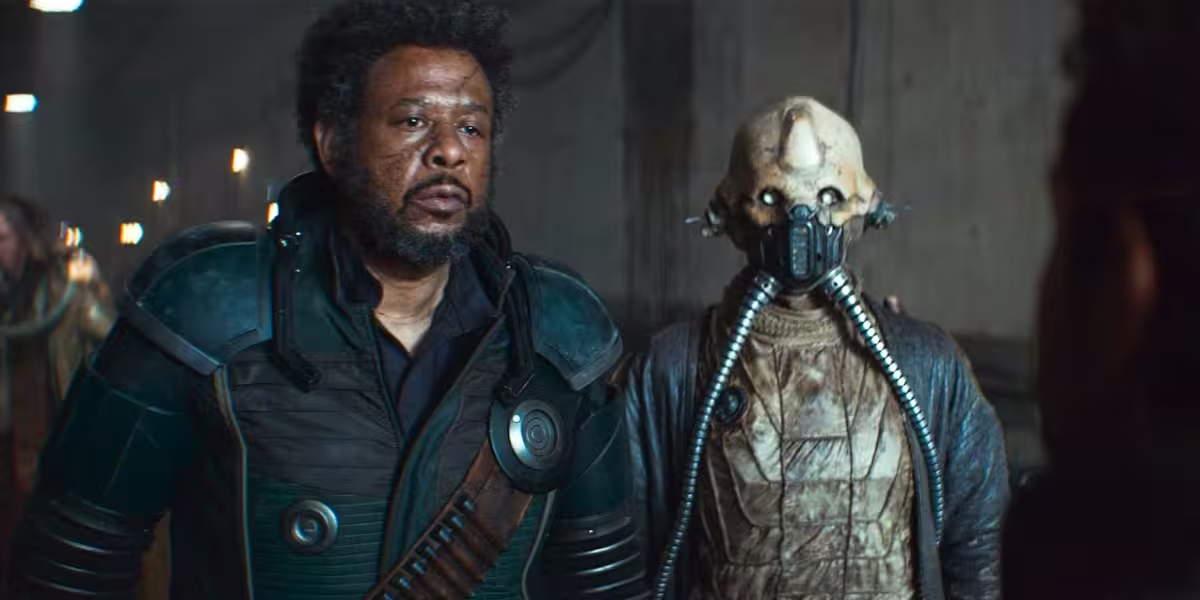
Final Thoughts: A Landmark Series for Mature Audiences
Andor Season 2 is not just a must-watch for Star Wars fans; it’s essential viewing for anyone with a passion for high-quality, thought-provoking television. Its production value is matched only by its storytelling ambition, together creating an enthralling and resonant tapestry of resistance, sacrifice, and hope.
As you watch Andor, consider how its themes map onto our world. What does resistance mean today? How do we recognize the creeping power of Empire, and what does it take to defy it, in both small and monumental ways? In every episode, Andor challenges us not just to cheer for the Rebels, but to reflect on our own choices in the face of oppression.

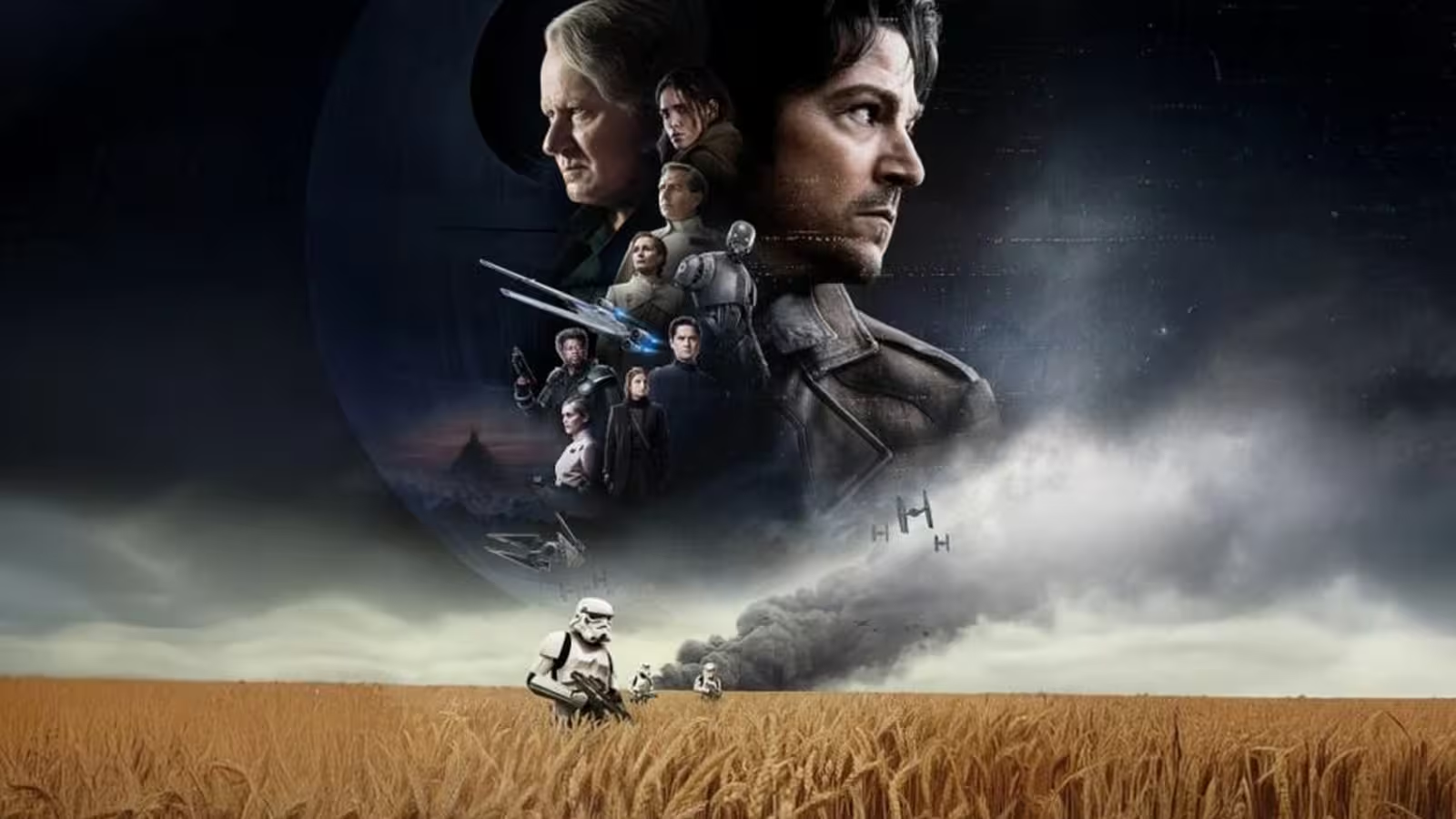
Comments